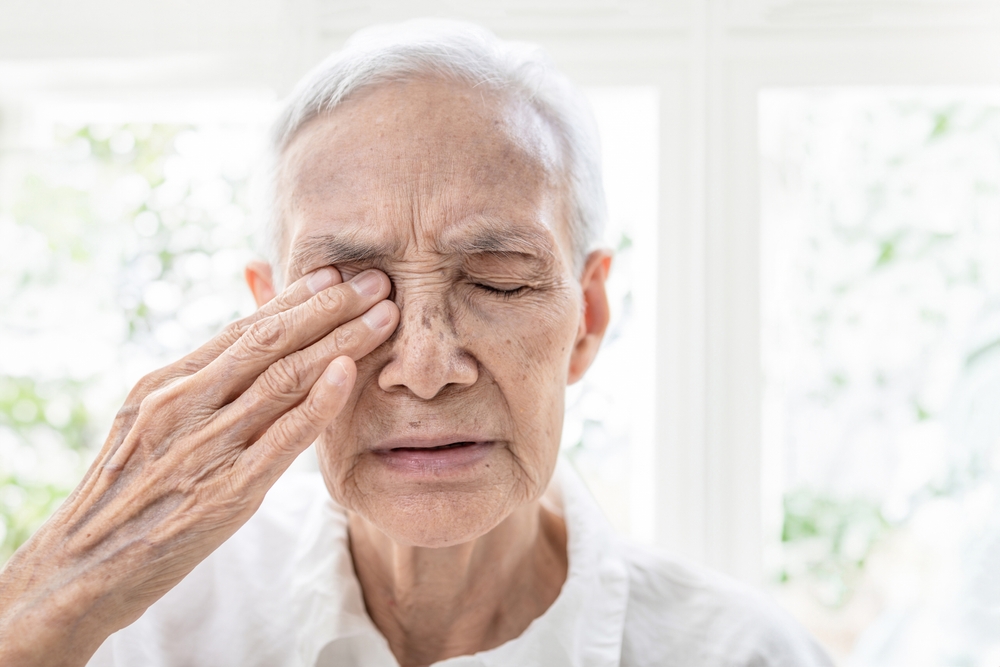
Age-related macular degeneration (AMD) is one of the leading causes of vision loss among older adults. While it doesn’t lead to complete blindness, it can significantly impact your central vision—making daily tasks like reading, driving, or recognizing faces more difficult. Understanding the differences between wet and dry AMD, including their symptoms, can help you take steps toward early detection and treatment.
What Is Age-Related Macular Degeneration?
AMD is a progressive eye condition that affects the macula, the part of the retina responsible for sharp, central vision. As the macula deteriorates, it becomes harder to see fine details both up close and at a distance. AMD typically affects adults over 50 and comes in two forms—dry and wet AMD.
Dry AMD
Dry AMD accounts for about 80–90% of all AMD cases. It develops gradually as light-sensitive cells in the macula break down and accumulate yellow deposits called drusen.
Common symptoms of dry AMD include:
Blurry or fuzzy central vision
Difficulty recognizing faces
Needing brighter light to read or perform tasks
Trouble adapting to low light conditions
A blank or blurry spot in the center of your vision
This form progresses slowly, and early detection through routine eye exams is key to managing the condition.
Wet AMD
Wet AMD is less common but more serious. It occurs when abnormal blood vessels grow under the retina and leak fluid or blood, causing rapid damage to the macula.
Symptoms of wet AMD may include:
Sudden onset of blurred vision
Distorted vision
A dark or blank spot in the center of vision
Rapid worsening of central vision
Unlike dry AMD, wet AMD can lead to severe vision loss in a short period if left untreated. Fortunately, treatments such as anti-VEGF injections can help slow the progression.
Key Differences Between Wet and Dry AMD
The most notable difference between wet and dry AMD lies in how the condition progresses and affects your vision. Dry AMD is the more common form, accounting for the majority of AMD cases. It develops slowly over time due to the thinning of the macula and the accumulation of drusen, which are small yellow deposits under the retina. Because of its gradual nature, symptoms may not be noticeable right away, and vision changes can progress subtly.
In contrast, wet AMD is less common but far more aggressive. It occurs when abnormal blood vessels grow beneath the retina and leak fluid or blood, leading to sudden and severe central vision loss. The damage caused by wet AMD can happen quickly, which makes early diagnosis and prompt treatment especially critical.
When it comes to treatment options, dry AMD is typically managed through lifestyle changes, such as improving diet, quitting smoking, and taking specific eye health supplements. Wet AMD, however, often requires medical intervention—commonly through injections of anti-VEGF medication, which helps stop the growth of abnormal blood vessels and slows vision loss.
Are You at Risk?
Several factors increase your risk for AMD, including:
Age (especially over 60)
Family history of AMD
Smoking
High blood pressure
Poor diet and lack of exercise
Even if you aren’t currently experiencing symptoms, regular eye exams are crucial for early detection and management.
Schedule Your Comprehensive Eye Exam at Valley Vision Associates Today
Both dry and wet age-related macular degeneration can significantly affect your central vision and quality of life. By understanding the symptoms and differences between the two, you can better recognize changes in your vision and seek timely care.
If you're noticing any changes in your vision or are over 50, schedule a comprehensive eye exam with Valley Vision Associates to detect AMD early. Visit our office in Ellensburg, Washington, or call (509) 925-1000 to book an appointment today.







